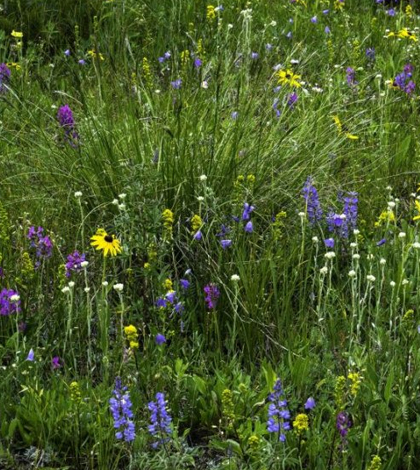Increased Atmospheric Nitrogen Leads To Plant Biodiversity Loss

Researchers are looking at over 15,000 plots across the United States to study how atmospheric nitrogen affects biodiversity. (Credit: William D. Bowman / University of Colorado at Boulder)
In the past 100 years, agricultural and industrial activity have tripled the amount of nitrogen in the atmosphere, researchers have found. One of the effects of all of this excess nitrogen is a loss of biodiversity, as some species cannot tolerate the high levels. According to a release from the University of Colorado at Boulder, the loss of biodiversity was found to be as high as 24 percent in some areas.
Researchers pored over sample data from 15,000 locations across the U.S., including forests, grasslands and shrublands. They measured the point at which nitrogen concentrations became too high and caused harm to plants, while taking into account factors such as climate and soil conditions.
Of all the sites surveyed, grasslands with acidic soils seemed to be the most sensitive to increases in atmospheric nitrogen, whereas groundcover plant species in forests with soil at a neutral pH seemed to be the least sensitive to elevated nitrogen levels.
The study findings may influence air quality standards and biodiversity conservation efforts.
Top image: Researchers are looking at over 15,000 plots across the United States to study how atmospheric nitrogen affects biodiversity. (Credit: William D. Bowman / University of Colorado at Boulder)




0 comments